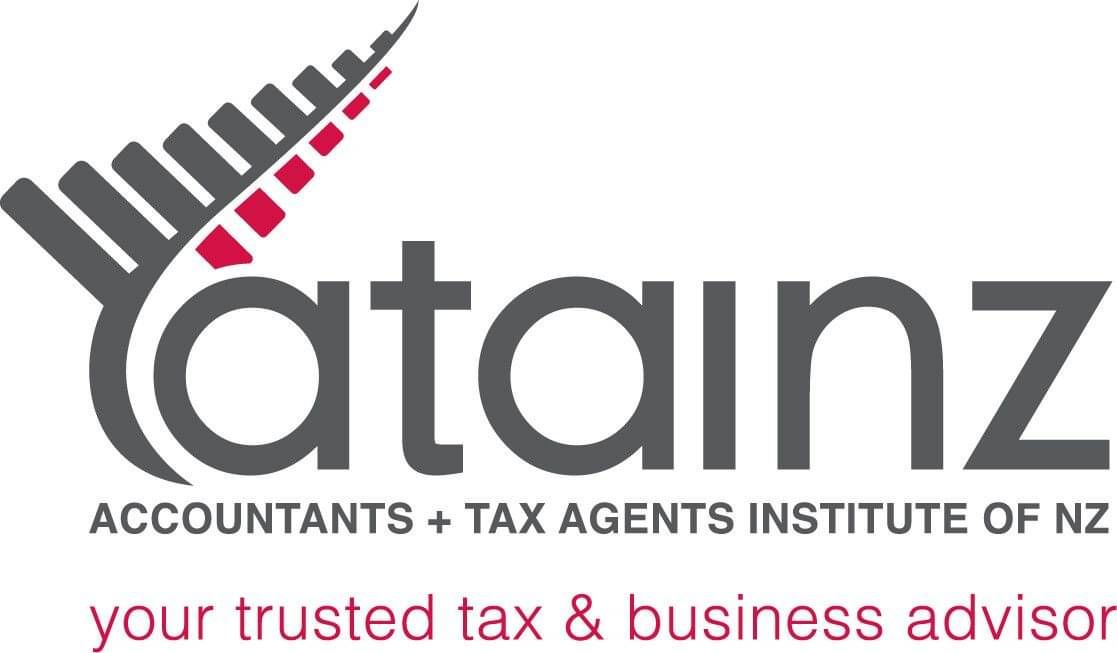Does your business use both employees and contractors? It’s important to distinguish between them as they are paid and taxed differently.
Despite what you may call the individual concerned, that description is not definitive. If the status of the worker is questioned in the Employment Court or Employment Relations Authority, for example, the Employment Relations Act 2000 requires a consideration of the ‘real nature of the relationship’.
Common law tests assist in determining what that is. They include:
the control test - i.e. how much control the hirer has over the worker
the integration (or organisation) test - i.e. whether the worker is independent or instead an integral part of the business organisation of the person who engaged them
the economic reality (or fundamental) test - i.e. is the worker performing services as a person in business on their own account?
These tests, which can involve many considerations, and the law that has developed in the employment jurisdiction, also assist Inland Revenue when it’s investigating the status of a worker.
Key payment differences
When paying employees, businesses should deduct PAYE, ACC, Student Loan Repayments, Child Support, and KiwiSaver/Superannuation.
Inland Revenue takes a tough stance on employers who ignore their PAYE obligations by treating employees as contractors. Companies that breach the rules can be prosecuted and fined.
The bottom line
As an employer, you need to keep good records and be clear on your obligations concerning the taxation of your workers' earnings.
Talk to us. We are here to help.






